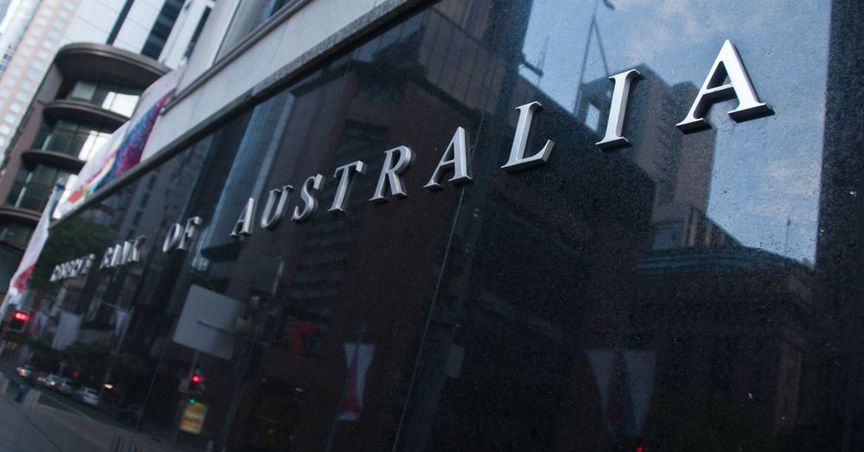With mounting threats of coronavirus grappling the economy, the Australian government and financial regulators are taking steps to ensure smooth functioning of the financial markets and credit availability to households and businesses.
Australian market plummeted 6.43% on March 18, closing below 5000 points. Continuous crash witnessed in Wall Street accompanied by a plunge in European markets further predicts heightened horrors all around the world.
ALSO READ: Australian economy fragile amidst virus uncertainty - Are there any pockets of Opportunities?
Australia is reeling under lack of demand for credit at present which shows considerable slowdown in borrowing by businesses that has occurred over the past year. Consequently, RBA has a responsibility to create conditions in which businesses are not scared to take additional debt. This can be done by lowering the cost of capital so that new investment becomes more persuasive
RBA To Pump In More Money Into The Domestic Economy
RBA, faced by demand destruction and supply disruption, is taking increased measures to pump more money into the financial system of the country and keep them operating.

The bond market is a very crucial pricing benchmark for the financial system of Australia. The bond purchases are called as market operations where the central bank buys assets from banks and then sell them back later at a discount.
RBA has spent A$8.8 billion in these market operations on March 13 and another $6 billion into the repo market on March 16.
The bank is set to disclose more measures on March 19.
The Central bank will run 1 and 3 months repo operations in its daily market operations to offer short-term liquidity aid to commercial banks.
Until the market conditions permit, the bank plans to carry out longer-term repo operations of 6 months maturity or longer at least weekly.

Significant amount of investments have been taken by market infrastructure providers, financial institutions and market participants to deal with the effects of the virus. However, trading liquidity has worsened in some of the markets, and consequently, financial institutions have to adapt to a more volatile atmosphere.
RBA Steps Up To Lift Up The Market From Fears
The big banks of Australia have plenty of capital due to constant push by the prudential regulator to hold more. The problem faced by the banks now is that they want to hold assets that are either cash or can be immediately turned into cash.

ALSO READ: Market Volatility Hits Two Blue Chip Banks’ Capital Raising Plans
The major banks are heavily contingent on lending to Australians. The banks have decided on giving extra time to businesses to make repayments or help with the restructuring of loans to help them with the cashflow crisis.
Hence, RBA is spending by buying government bonds and successively, infusing banks with enough cash to relieve rising fears of people amid coronavirus pandemic.
Global Monetary Easing And Rate Cuts
Leading Central banks including Fed, Bank of England and Bank of Japan are taking steps to provide monetary stimulus to boost liquidity and keep credit flowing in their respective economies amid the global financial market crash due to coronavirus outbreak.
On March 3 policy meeting, RBA had reduced the cash rate by 25 bps to 0.5%.
The US Federal Reserve reduced the interest rates to near zero on March 15 in an emergency move to protect the economy from coronavirus outbreak. Additionally, it promised to increase its bond holdings to at least $700 billion. The measure was taken to reduce the borrowing costs and stimulate the besieged financial markets.
ALSO READ: Has the Fed fired its last bullet? Welcome to the World of Zero interest rate
The Reserve Bank of New Zealand slashed its official cash rate by 75 bps to a record low of 0.25% and pledged to remain at a level for the next 12 months to limit the impact of coronavirus on the economy.
People’s Bank of China injected 100 billion yuan (~US$ 14.28 billion) on March 16 through open market operations into the financial markets via medium-term lending facility. It offered discounts in the reserve requirement ratio (RRR) for eligible banks, making 550 billion yuan available as long-term funds.
The European Central Bank did not go for an interest rate cut but declared a US$135 billion stimulus package on March 12 that can effectively amount to an interest rate cut for the banks which can use it to supply to the economy.
The Bank of Japan intensified its monetary policy easing on March 16. It opted for buying Japanese government bonds and US dollar funds-supplying operations.
Yet monetary policy can help in curing acute bruises of the economy but less effective in healing the situation entirely. Fiscal expansion seems to be need of the hour. The Federal Government recently announced A$17.6 billion stimulus package to fight coronavirus with a major focus on cash flow, jobs and investment, and is planning for another stimulus plan and further assistance for businesses and households to support the economy.






